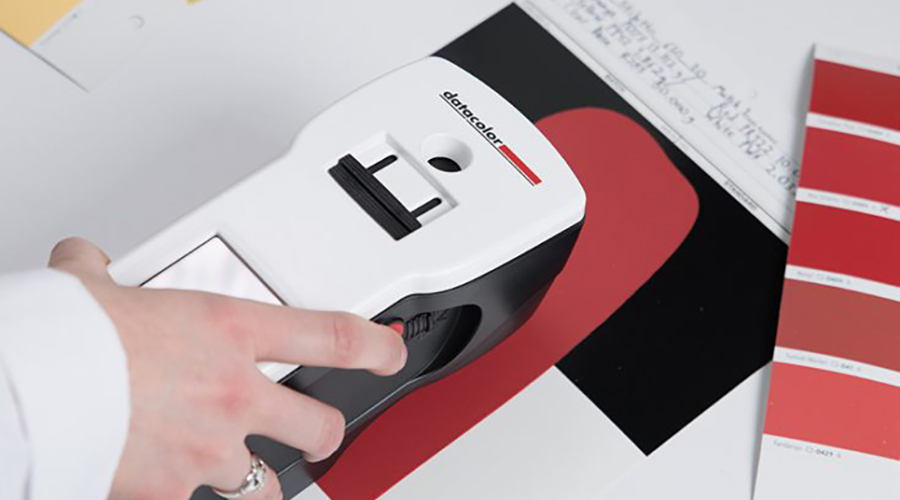Choosing The Right OD Spectrophotometer For Your Lab

In the world of analytical chemistry and life sciences research, optical density (OD) spectrophotometers are indispensable tools. They enable scientists to measure the concentration of compounds in a solution by analyzing the absorption of light at specific wavelengths. Whether you’re working in a biotechnology lab, a pharmaceutical facility, or an academic research institution, selecting the right OD spectrophotometer for your lab is a crucial decision. In this article, we will look at the factors to consider when making this choice.
1. Wavelength Range:
The wavelength range of an OD spectrophotometer is one of the most critical factors to consider. Different compounds absorb light at different wavelengths, so you need a spectrophotometer that can cover the specific range of interest for your experiments. UV-Vis (ultraviolet-visible) spectrophotometers typically cover the range from 190 nm to 1100 nm, making them suitable for a wide range of applications. However, if your research requires analysis in the near-infrared (NIR) region or other specialized wavelengths, you may need a spectrophotometer with a broader range or a dedicated NIR spectrophotometer.
2. Resolution And Sensitivity:
Resolution and sensitivity are essential for accurately detecting small changes in absorbance. Higher resolution allows for the measurement of narrow absorption peaks and subtle variations in concentration. When choosing a spectrophotometer, check its specifications for the smallest detectable change in absorbance (often expressed as ΔA) and select a model that meets your analytical requirements.
3. Sample Compatibility:
Consider the types of samples you’ll be working on within your lab. Some OD spectrophotometers are designed for use with liquid samples in cuvettes, while others are equipped with micro plate readers for high-throughput analysis. If your research involves solid samples or requires specialized sample handling, make sure the spectrophotometer you choose is compatible with your sample format.
4. Speed And Throughput:
The speed at which a spectrophotometer can scan or analyze samples is an important factor, especially in high-throughput laboratories. Some models offer rapid scanning capabilities, while others are optimized for quick single-point measurements. Assess the throughput requirements of your lab and select a spectrophotometer that can efficiently handle your workload.
5. Data Handling And Software:
Modern OD spectrophotometers come with sophisticated data handling and analysis software. Consider the user-friendliness and capabilities of the software that accompanies the instrument. Look for features such as automated data storage, export options, and compatibility with data analysis tools commonly used in your field. Additionally, ensure that the software receives updates and support from the manufacturer.
6. Light Source:
The light source in an OD spectrophotometer can vary, with options like tungsten-halogen lamps, xenon lamps, or LEDs. The choice of light source can impact the instrument’s stability, maintenance requirements, and lifespan. LEDs, for example, tend to have longer lifespans and require less frequent replacement compared to conventional lamps. Consider the implications of the light source on your lab’s operational costs and maintenance schedule.
7. Calibration And Validation:
Accurate and reliable measurements are essential in scientific research. Look for a spectrophotometer that offers calibration and validation features. Some models come with built-in self-calibration routines, while others may require external calibration standards. Regular validation and calibration are critical to ensuring the instrument’s accuracy and traceability of measurements.
8. Budget Considerations:
Budget constraints are a reality in most laboratories. While it’s essential to select a spectrophotometer that meets your analytical needs, it’s also vital to consider the cost of purchase, maintenance, and potential upgrades. Balancing performance with budget constraints is a crucial aspect of the decision-making process.
9. Service And Support:
The availability of service and support from the manufacturer or distributor is another critical factor. A reputable manufacturer should offer technical support, maintenance services, and readily available replacement parts. Consider the manufacturer’s track record and customer reviews when evaluating the level of service and support you can expect.
10. Future Expansion:
Finally, think about the future needs of your lab. Will your research evolve, requiring additional features or capabilities from your spectrophotometer? Selecting a model that can accommodate future expansion can save you time and resources down the road.
In conclusion, choosing the right OD spectrophotometer for your lab is a decision that should be made with careful consideration of your specific analytical needs, budget constraints, and long-term goals. By evaluating factors such as wavelength range, resolution, sample compatibility, speed, data handling, light source, calibration, and support, you can make an informed choice that enhances the accuracy and efficiency of your research endeavors. Remember that investing time in selecting the right instrument today can lead to more successful and productive outcomes in the future.
